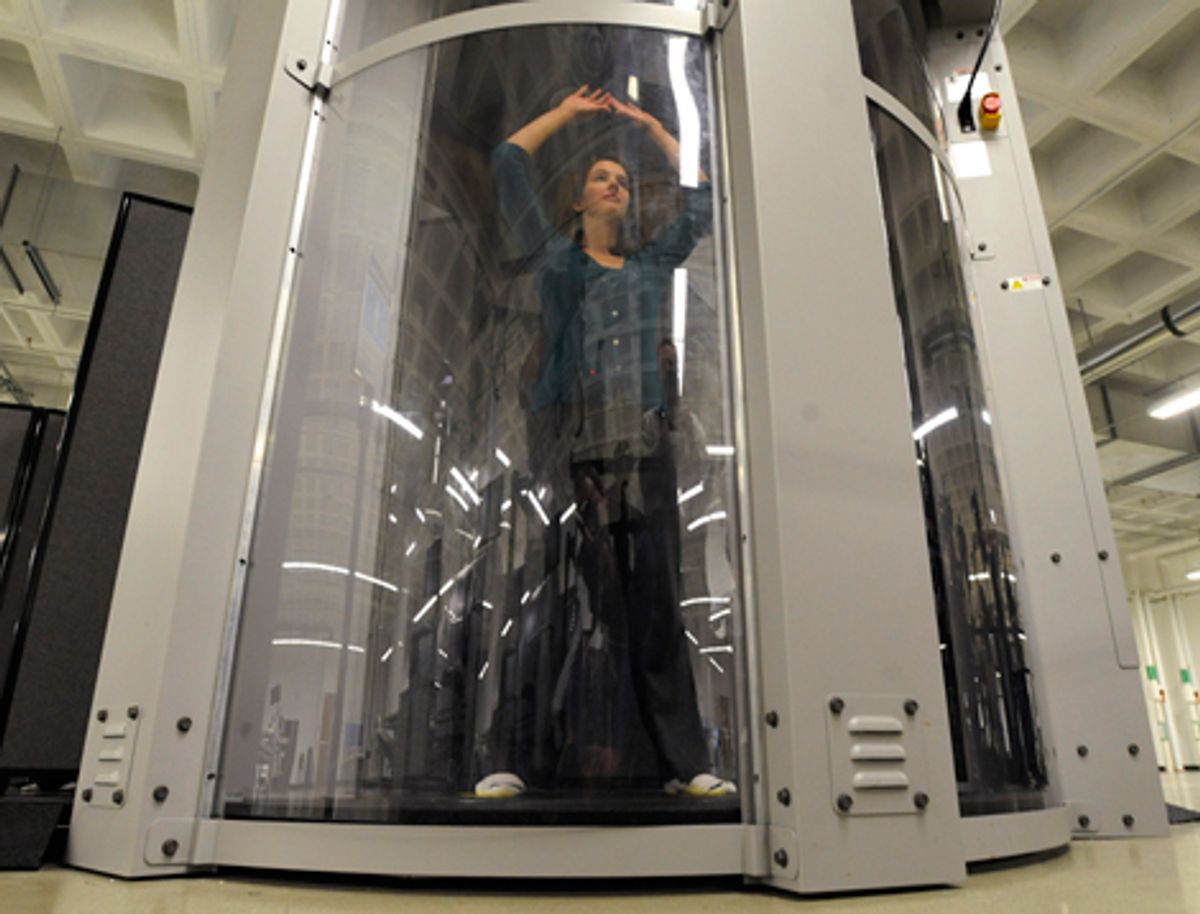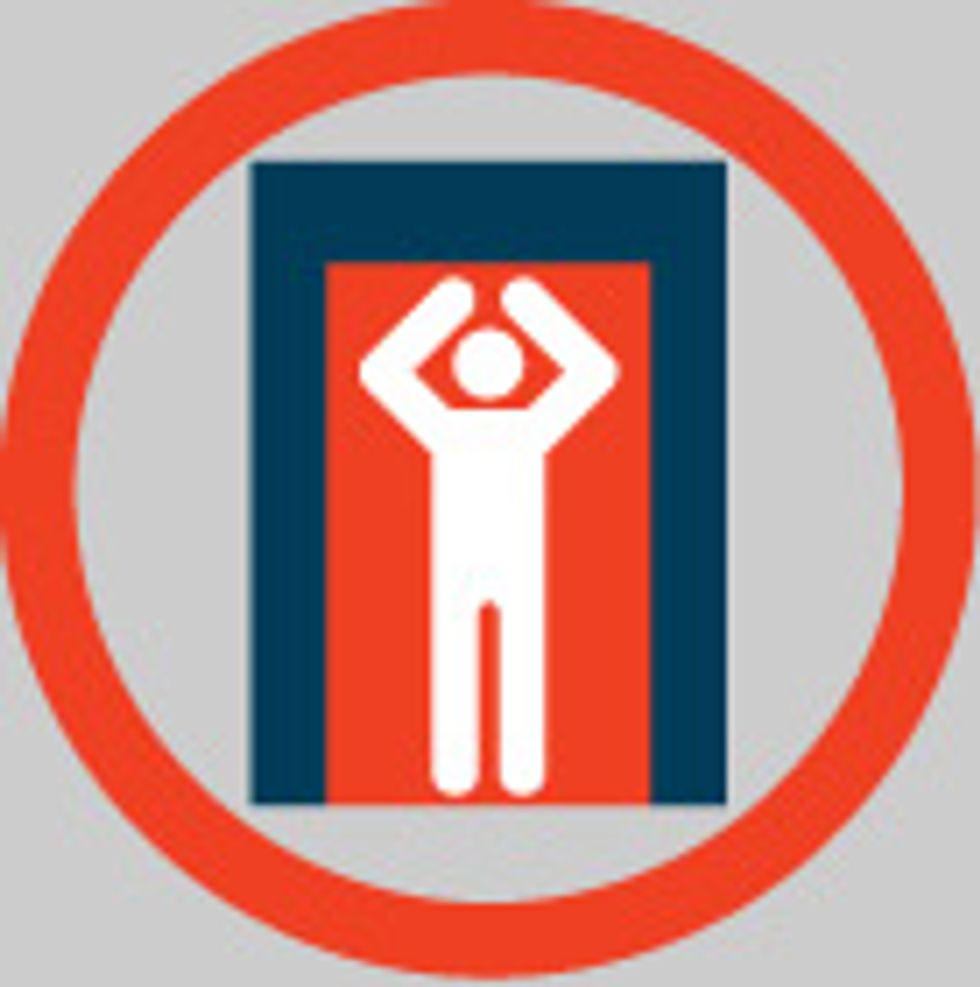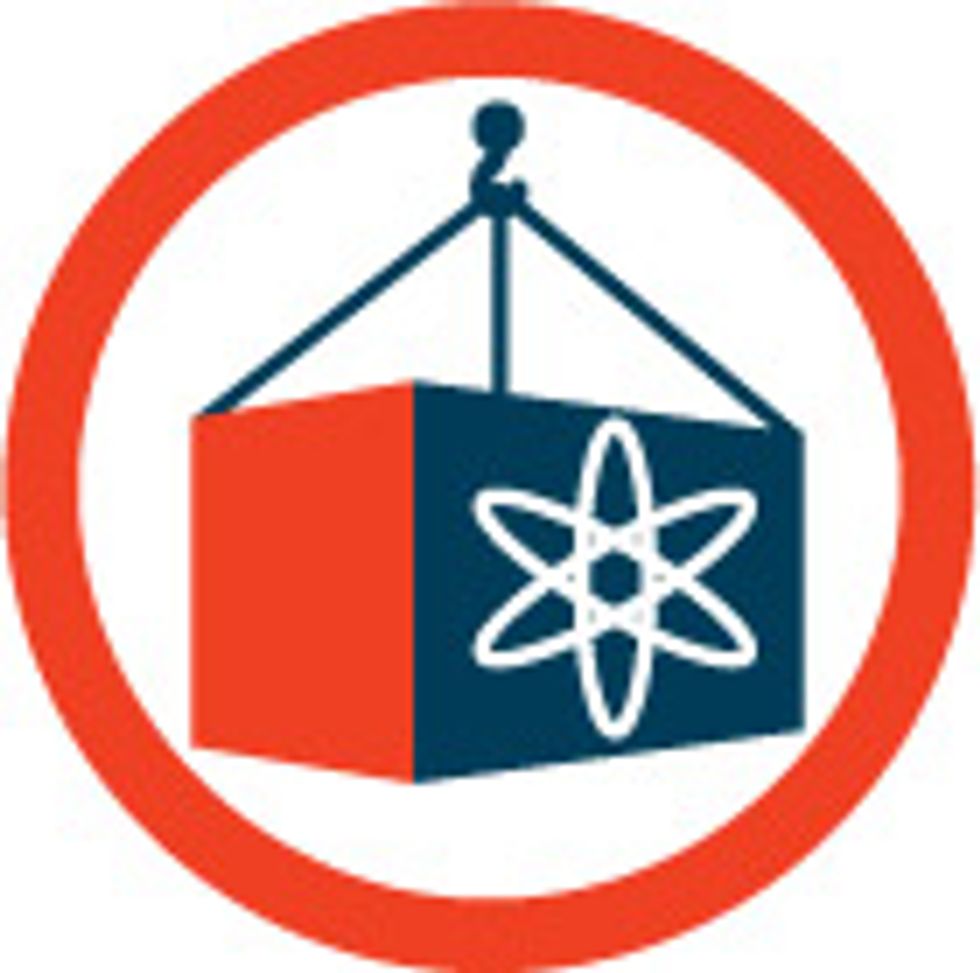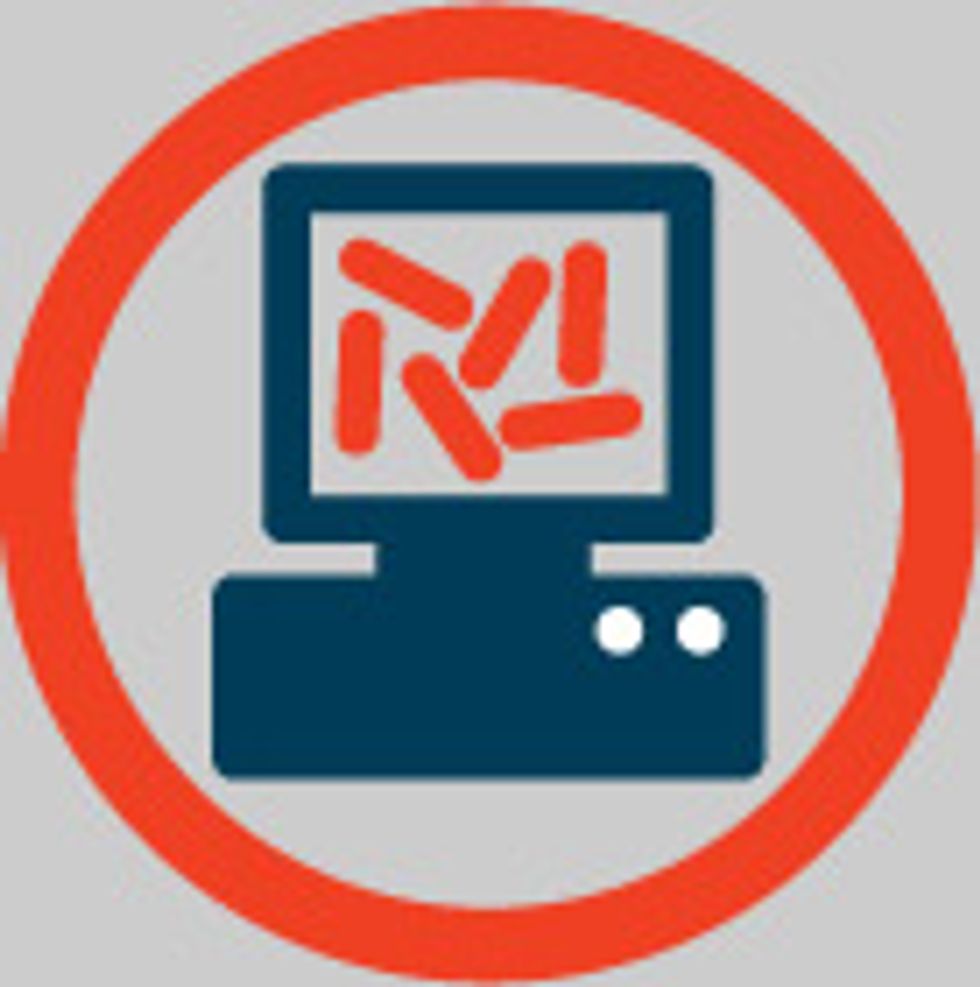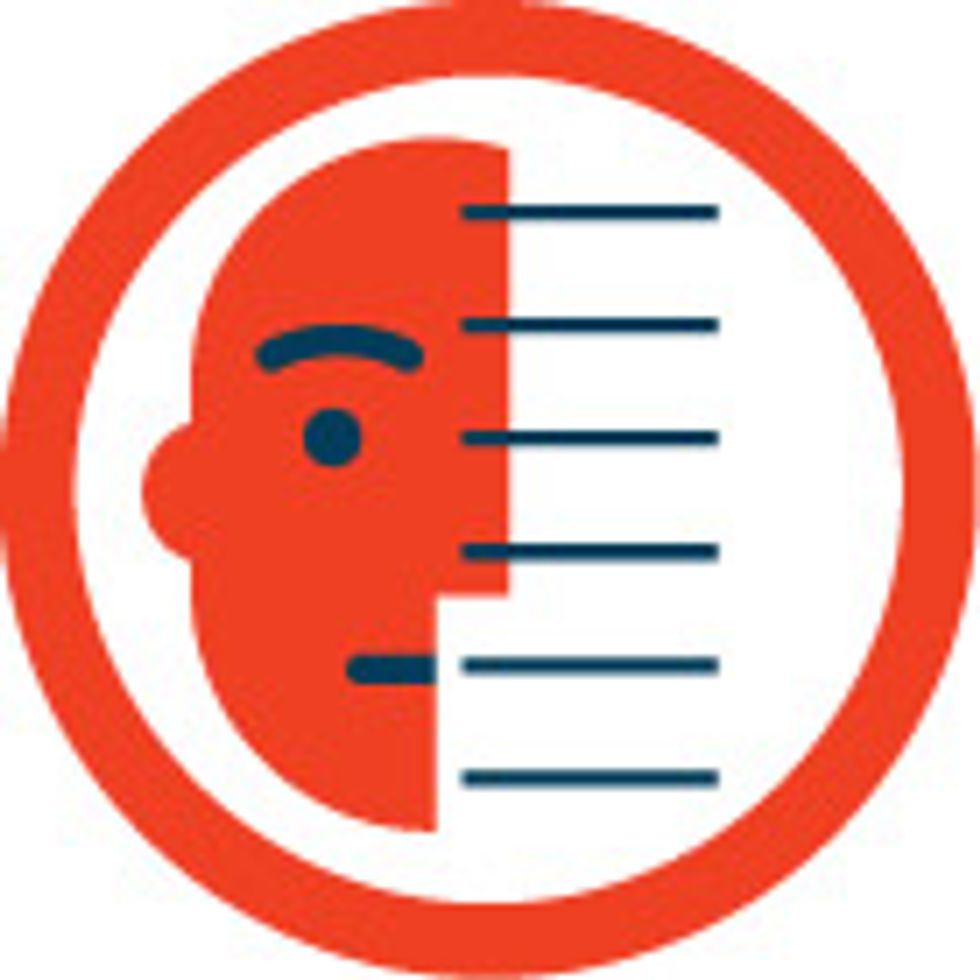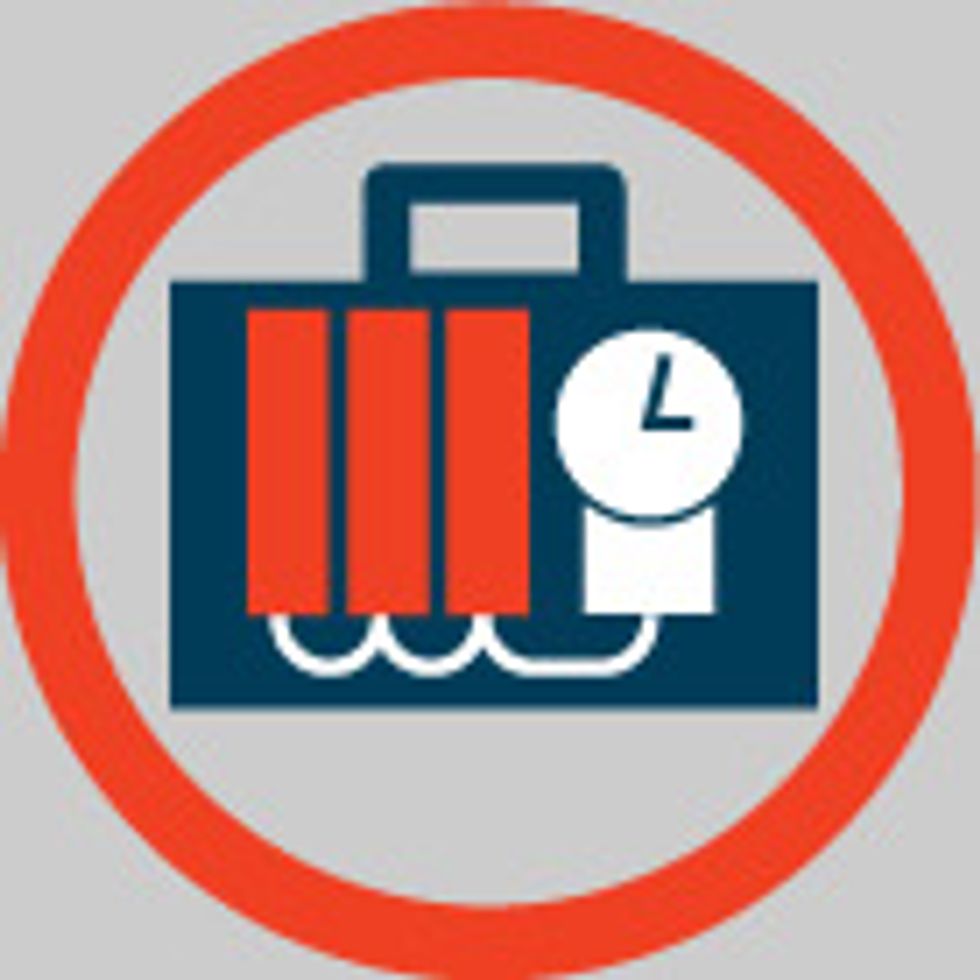The terrorist attacks of 11 September 2001 sparked a security mania in the United States that included a brassbound push for new surveillance technology—one that 10 years later has had mixed results. Radiation monitors for incoming cargo have been deployed en masse, but their utility remains dubious. Other technologies—such as the airline passenger imagers used by the Transportation Security Administration (TSA)—seem to work and have proliferated but leave some people feeling creeped out. Below, we compare five technologies pre-9/11 and today.
| TECHNOLOGY | PRE-9/11 | NOW |
|---|---|---|
| Advanced imaging | Advanced imaging technology was not used to screen people prior to 9/11. | The first advanced passenger scanners in the United States—using X-ray backscatter or millimeter wave radiation –were installed in 2007. There are now a total of 488 machines at 78 U.S. airports. The revealing images the machines produce have raised privacy concerns. |
| Cargo container radiation scanning | In 2003, there was only one radiation scanner at a U.S. seaport and none along the U.S.-Mexico border. But 63 percent of the cargo entering the United States through Canada was scanned. | All cargo entering the United States overland is scanned, as is 99 percent entering by sea. Existing scanners, however, have been fraught with high false-positive rates, and in July, the United States announced it is killing a program to develop next-generation scanners owing to operational problems. |
| Biological weapons detection | The only reliable portable bioweapons detectors were large mobile labs; the U.S. Army’s was housed in a Humvee and operated by four technicians. | The Bio-Seeq Plus, from Smiths Detection, of Watford, England, can detect anthrax, plague, and other agents, weighs 3 kilograms, and provides results in a little over an hour. However, handheld detectors still aren’t reliable enough to justify public health measures, such as quarantining. |
| Face recognition | In 2000, a few early commercial incarnations of face recognition were tested. Their accuracy in identifying a face faltered when the subject’s distance from the camera or facial expression varied or when the lighting changed. | Engineers and computer scientists made a 20-fold improvement in accuracy between 2000 and 2006. Today, Facebook, Apple’s iPhoto, and Google’s Picasa all have facial-recognition capabilities. In August, a German official asked Facebook to disable the feature, claiming that it violated European privacy laws. |
| Explosives detection | In 2002, airline passengers and cargo were rarely swabbed for explosives (those swabs were run through chemical-trace detectors). No explosive-trace-detection portal machines were used. Called puffers, these machines puff air at a passenger and sniff for explosives and other chemical contraband. | Since 9/11, 1200 explosive-trace detectors have been installed to screen airline baggage. At their peak, there were also 94 puffers in 37 U.S. airports, but the TSA started phasing them out in 2008 because of high maintenance costs. |
This article originally appeared in print as “How 5 Technologies Fared After 9/11.”
